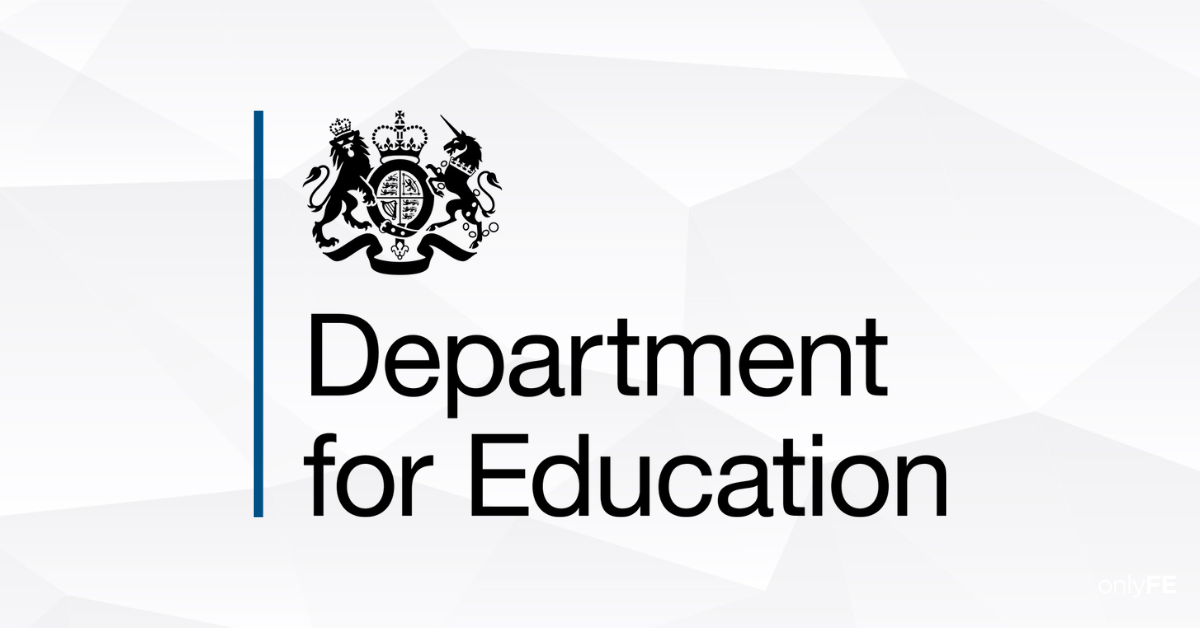4 SEP 2023
Key findings - DfE's Workforce Data Release
The Department for Education has released its first-ever data on the Further Education workforce for the 2021/22 academic year. This release, as promised in the Skills for Jobs white paper, sheds light on several key aspects of the FE sector, including ethnic diversity among leaders, gender pay gaps, salary disparities, and more. In this analysis, we will summarise the eight key findings from this data release, providing insight into the state of the FE workforce.

Key Findings:
- Underrepresentation of Ethnic Minority Leaders: Only 8.4% of leaders in general FE colleges are non-white, revealing an underrepresentation of ethnic minorities in leadership roles compared to the 18.9% of the workforce from ethnic minority backgrounds.
- Gender Pay Gap: While there are more women in the FE sector, men generally earn more. Female leaders in general FE colleges earn an average of £64,011, compared to £66,569 for males. A similar gender pay gap exists among teaching staff.
- Salary Disparities: Sixth form college teachers earn approximately £10,000 more annually than their counterparts in general FE colleges, with leaders in private providers earning less on average.
- Regional and Subject-Based Pay Differences: Salary variations exist by region, with London offering the highest average salary for FE teachers. Furthermore, significant differences in pay are noted based on the subject taught, with geography teachers earning the highest median salary and animal care
- teachers earning the lowest.
- Teaching Vacancy Rates: The FE sector faces challenges in recruiting and retaining teaching staff, with a vacancy rate of 5.4 per 100 positions. Sixth form colleges have the lowest vacancy rate, while general FE colleges and private providers experience higher rates.
- Long-serving Governors: The data reveals a significant number of governors serving for over 10 years in FE colleges. This challenges governance guidelines that recommend refreshing board membership at intervals
- Zero Hour Contracts: Approximately 20% of workers in general FE colleges are on zero-hour or variable contracts, highlighting the prevalence of such contracts in the sector.
The DfE's first FE workforce data release for the 2021/22 academic year provides valuable insights into the state of the FE sector. It highlights challenges related to ethnic diversity, gender pay gaps, salary disparities, recruitment and retention of teaching staff, governance issues, and contract types. These findings underscore the need for ongoing efforts to address these issues and ensure a more inclusive and equitable FE workforce.